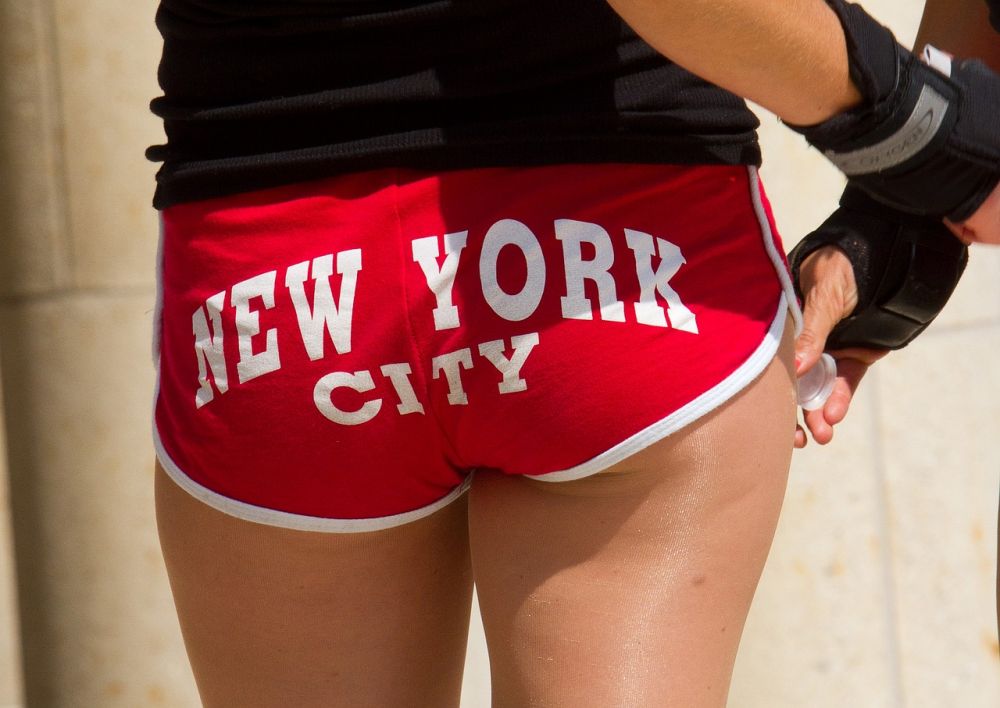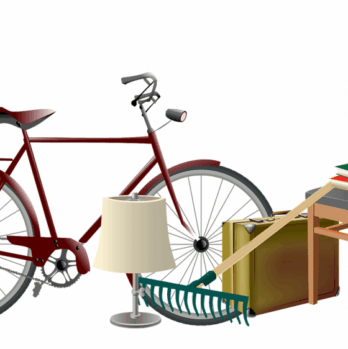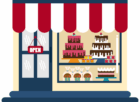Wide-legged jeans, also known as wide-leg or wide-bottom jeans, have become a popular fashion trend in recent years

This style of jeans is characterized by their wide, loose-fitting legs, which offer a relaxed and comfortable fit. In this article, we will explore the history of wide-legged jeans, their evolution over time, and provide important information for individuals interested in this topic. Whether you’re a fashion enthusiast or a casual shopper, this article will help you understand the appeal and versatility of wide-legged jeans.
Introduction:
Wide-legged jeans have gained popularity for their unique and stylish look. Unlike skinny or slim-fit jeans, wide-legged jeans offer a looser and more relaxed fit. They are designed to have wider leg openings that can vary in width, providing a comfortable and laid-back feel. These jeans can be paired with different styles and can serve as a versatile wardrobe staple, suitable for both casual and more formal occasions.
Historical Evolution:

Wide-legged jeans have a rich history that dates back several decades. They first gained popularity in the 1960s and 1970s as a symbol of counterculture and rebellion. Inspired by the hippie movement, people embraced wide-legged jeans for their non-conformist style and anti-establishment vibes.
During this era, wide-legged jeans were often associated with peace, love, and freedom. Fashion icons like Janis Joplin and Jimi Hendrix sported these jeans, further fueling their popularity. The wide legs were a sharp departure from the tight-fitting jeans that were popular at the time, making a bold fashion statement.
In the 1980s and 1990s, wide-legged jeans experienced a decline in popularity as narrower and more form-fitting styles dominated the market. However, they made a strong comeback in the early 2000s, thanks to the resurgence of retro fashion trends. Fashion designers and brands began reinventing wide-legged jeans with modern touches, making them relevant and appealing to a new generation.
Wide-Legged Jeans Today:
Today, wide-legged jeans have become a staple in many fashion-conscious wardrobes. Their timeless appeal and versatility make them suitable for a range of body types and personal styles. Whether you prefer a casual, bohemian look or a more polished and sophisticated aesthetic, wide-legged jeans can be easily incorporated into your wardrobe.
One of the key advantages of wide-legged jeans is their ability to balance proportions. The loose-fitting legs help create a visually elongating effect, making them particularly flattering for individuals with shorter or curvier body types. Additionally, these jeans offer freedom of movement and comfort, making them an excellent choice for everyday wear.
Styling Tips for Wide-legged Jeans:
To maximize the style potential of wide-legged jeans, consider the following tips:
1. Pair them with a fitted top: Wide-legged jeans tend to have a loose fit, so balancing the silhouette with a more fitted top creates a flattering and well-proportioned look.
2. Experiment with different shoe options: Wide-legged jeans can be paired with various footwear options, including heels, sneakers, or ankle boots. The choice of shoes can significantly influence the overall style and vibe of the outfit.
3. Accessorize appropriately: Adding accessories, such as belts, scarves, or statement jewelry, can elevate the look and add a personal touch to your wide-legged jeans ensemble.
4. Consider the occasion: Wide-legged jeans can be dressed up or down depending on the occasion. Pair them with a blazer and heels for a more formal event or opt for a casual tee and sneakers for a relaxed day out.
In conclusion, wide-legged jeans have a long and fascinating history that encompasses counterculture, fashion revolutions, and the ever-changing trends of the fashion industry. Today, they continue to be a popular choice for individuals seeking comfortable and stylish denim options. With their versatility and timeless appeal, wide-legged jeans are here to stay, offering a relaxed and effortlessly cool look for online shoppers and e-commerce customers.










